Planted bulbs yesterday(LATE): What do you think of my strategy?
highlandernorth
12 years ago
Related Stories
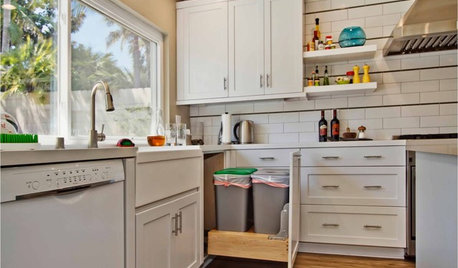
DECLUTTERING9 Exit Strategies for Your Clutter
How to efficiently — and regularly — rid your home of the things you don’t want
Full Story
GARDENING GUIDES6 Unsung Bulbs for Fall Planting
Don't hang up your spade after summer — plant these unusual bulbs in fall for a spectacular spring show
Full Story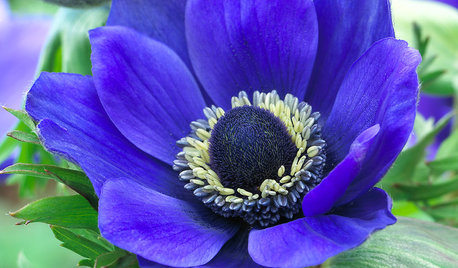
FALL GARDENING6 Splendid Blue-Flowering Bulbs
How do you blue? With colors from sky to cobalt, these bulbs will greet you merrily in a spring garden
Full Story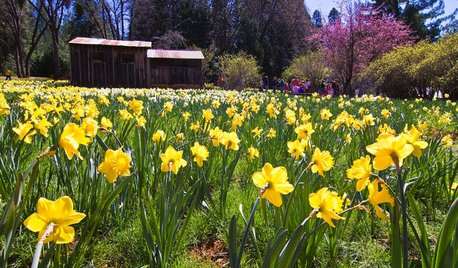
GARDENING GUIDES7 Bulbs That Flourish in Mild Climates
Fall planting: For gardens that don't see harsh winters, different guidelines for choosing and planting spring-blooming bulbs apply
Full Story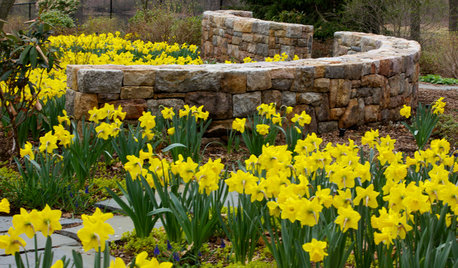
GARDENING GUIDES10 Beautiful Ways to Landscape With Bulbs
Planting bulbs wisely in fall can turn a spring garden glorious with joyful colors and profuse blooms that last through summer
Full Story
GARDENING GUIDESNew Ways to Think About All That Mulch in the Garden
Before you go making a mountain out of a mulch hill, learn the facts about what your plants and soil really want
Full Story
HOUSEKEEPINGWhy Cleaning Window Screens Should Be Part of Your Winter Strategy
Dirty mesh blocks light, heat and views. Learn how to keep screens looking good and if they should be put away until spring
Full Story
HOUSEPLANTSHow to Force Amaryllis Bulbs Indoors
Enjoy vibrant red blossoms even as gardens turn snowy white, by teaching this hardy repeat performer to ignore the calendar
Full Story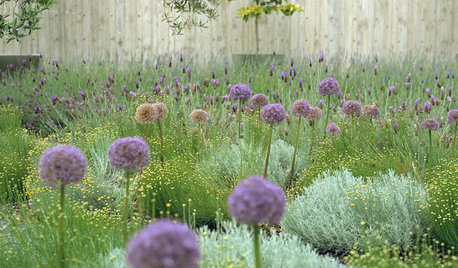
GARDENING GUIDESGreat Design Plant: Ornamental Allium
Lollipop blooms on tall, leafless stems add an architectural element to gardens of all styles
Full Story
SPRING GARDENINGTop 10 Scented Plants for Your Garden
A palette of perfumed plants can transform even the smallest of gardens into a sensory delight
Full Story





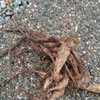
Smivies (Ontario - 5b)
highlandernorthOriginal Author
Related Professionals
West Milford Landscape Architects & Landscape Designers · Manhattan Beach Landscape Architects & Landscape Designers · River Forest Landscape Architects & Landscape Designers · Simi Valley Landscape Architects & Landscape Designers · Aloha Landscape Contractors · Damascus Landscape Contractors · Fairhope Landscape Contractors · Milford Mill Landscape Contractors · Pleasant Grove Landscape Contractors · Salem Landscape Contractors · Waipahu Landscape Contractors · North Aurora Landscape Contractors · Casselberry Landscape Contractors · North Hills Landscape Contractors · Ansonia Landscape ContractorshighlandernorthOriginal Author
Smivies (Ontario - 5b)
pizzuti
vetivert8
Smivies (Ontario - 5b)